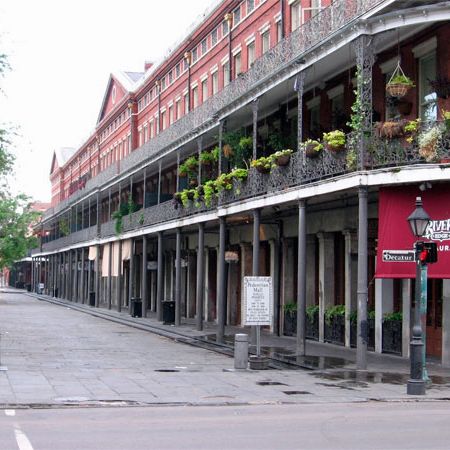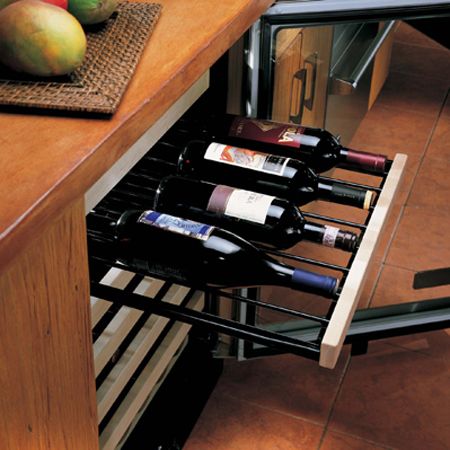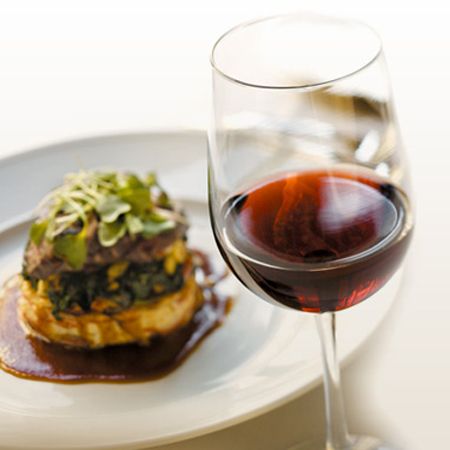Reveillon Dinners

New Orleans is the kind of town that never passes up a chance to celebrate something. Mardi Gras is the tip of the iceberg, and below the water line is an assortment of annual bashes that no city in America, and maybe the world, can match.
While Mardi Gras is widely considered New Orleans’ latter-day take on Sodom and Gomorrah, the city’s much more typical celebration is likely to invite as much controversy as your average state fair. New Orleanians have acquired the habit of taking almost every quirky or cultural phenomenon at their disposal and attaching to it the word “festival.” The inspirations range from jazz to Creole tomatoes, and from Tennessee Williams’ plays to the Sicilian custom of honoring St. Joseph by piling food onto special altars.
Events like these reflect a one-of-a-kind culture that thrives on its own legendary music and food, as well as a history filled with fascinating characters and legends. These feed a festival calendar that also generates a large amount of income for the New Orleans tourism industry, whose members are always on the lookout for another drawing card.
One of the more recent tourism-driven lures is réveillon dinners. These are prolonged feasts, traditionally beginning around midnight, on the eves of Christmas and New Year’s by families in France. During the 1800s, we’re told, New Orleans’ Creole families also indulged in the réveillon. (The word is a form of the French word réveiller, which means, among other things, “to remain awake.” Think of reveille, the term the U.S. Army borrowed from the French to denote an early-morning bugle call.)
Some 25 years ago, French Quarter Festivals, a city agency promoting tourism, convinced a group of New Orleans restaurateurs to revive the old dinner-at-midnight tradition by serving specially priced holiday menus each December during their normal service hours. Réveillon dinners had most of the earmarks of a successful New Orleans tourism promotion; that is, they began as a 19th century custom, their origin is French, they involve food and, at most of the restaurants taking part in the event, they’re offered at bargain prices.
Once again this year, from December 1 through New Year’s Eve, some 28 of the city’s restaurants are participating, each with its own menu, serving schedule, and price level. The list includes such well known places as Commander’s Palace, Arnaud’s, Dickie Brennan’s Steakhouse, the Rib Room and Palace Café. Fixed-price menus are the norm. The vast majority are three or four courses costing between $30 and $50, plus taxes, tip and beverages. Most of the menus provide numerous choices for each course.*
The more traditional Christmas Eve réveillon has Catholic roots. Typically, the dinner followed a family’s attendance at a Mass held around midnight. Near the end of the meal, the gathered families and friends might exchange gifts. As for New Year’s Eve, the custom is simply to eat, drink and party into the wee hours. When the clock strikes twelve, glasses are raised in the usual toast, with kisses, hugs and wishes for a bonne année exchanged all around.
French tradition suggests that réveillon foods should have a celebratory quality. In the New Orleans of the 1800s, that translated into such things as sweetbreads, an oyster gumbo or stew, turkey or game, and daube glacé, a Creole specialty of lean beef slices enveloped in a savory jelly. Desserts were often elaborate. One might be a cake filled with fruit confection, dripping with wine or rum, and topped with whipped cream. Others were often custards, crystallized fruits, and meringues.
Meanwhile, the Creoles’ cousins in France were feasting somewhat higher on the hog. Truffles, lobster and foie gras (followed by sips of champagne) are often mentioned in the literature on the réveillon tradition. Oysters, especially if they ’re raw, also are near the top of the list of favorites. The customary meat, usually roasted, might be seasonal game, lamb, goose or turkey, these last two often stuffed with chestnuts. Snails probably make the cut, too. As for dessert, a chestnut pudding wouldn’t be out of line, but a bûche de noël—the old-fashioned cake that’s a relative of the Yule log, shaped and decorated to resemble a tree branch—would be the piece de résistance.
A perusal of this year’s New Orleans’ réveillon menus reveals that quite a few are honoring the old French traditions to one degree or another. Oysters and foie gras (the livers of specially fattened ducks) show up in various forms. Among the meats, lamb makes fairly frequent appearances. The Hunt Room Grill in the Monteleone Hotel prepares not only lamb, duck and foie gras, but also roasted goose with red cabbage. Palace Café stuffs its roasted turkeys with chestnuts. And fans of game can indulge in either venison at Mat & Naddie’s or elk at Muriel’s Jackson Square.
A preference for seafood should be no problem. Every restaurant on the réveillon list includes at least one fish dish, and shellfish are fairly common, too. As for desserts, Marigny Brasserie trumps its competitors with the only bûche de noël in town. At other restaurants, custardy concoctions rule. On the 28-or-so dessert lists, there are eight variations on the bread pudding theme, with crème brûlée running a very close second.
New Orleans, with its often balmy Decembers, may not provide the ideal backdrop for a traditional Christmas dinner. But in recent years many French Quarter residents and businesses have been festooning their iron-lace balconies with holiday wreaths and garlands, giving the old historic district a seasonal splash of red and green.
But you’ll probably still have to bring your own snow.
*More detailed information is provided at French Quarter Festivals Inc.’s Website at www.fqfi.com.


